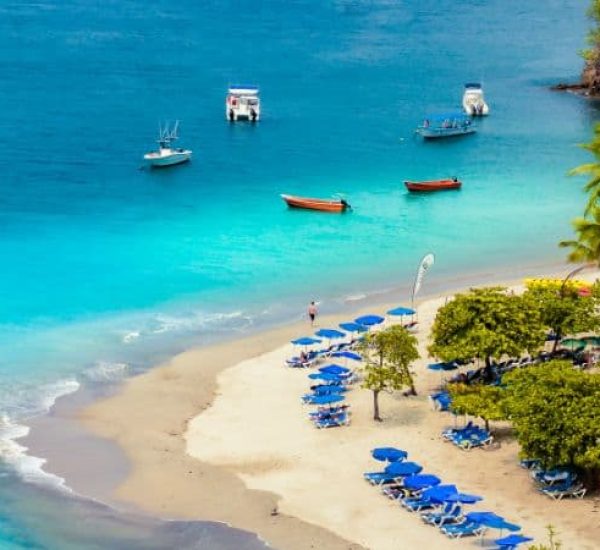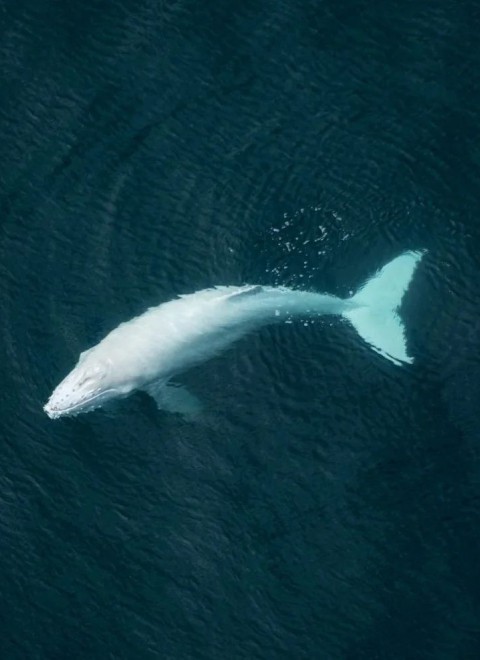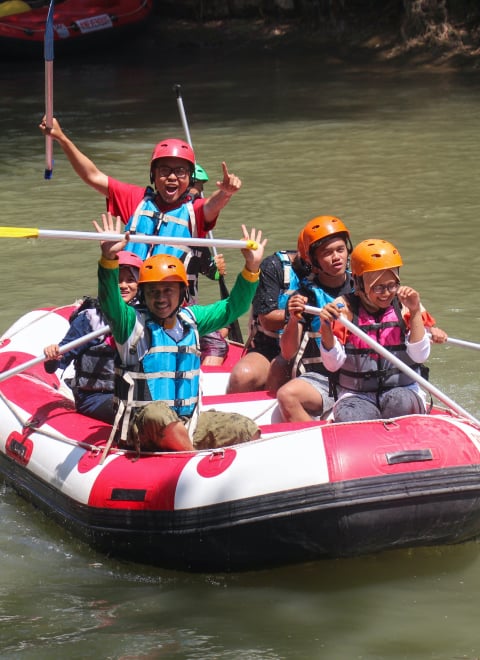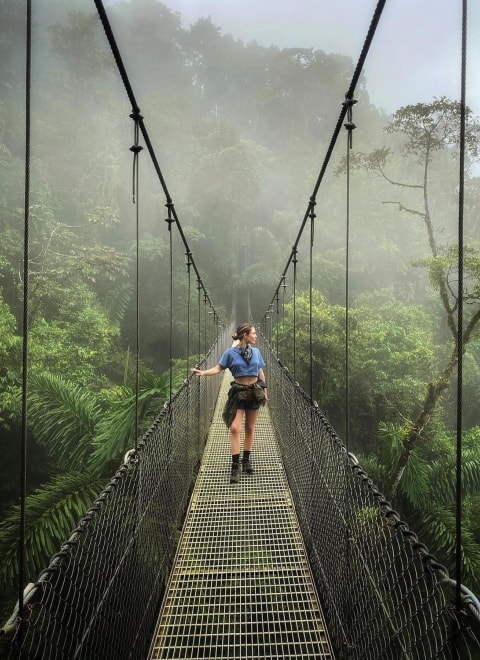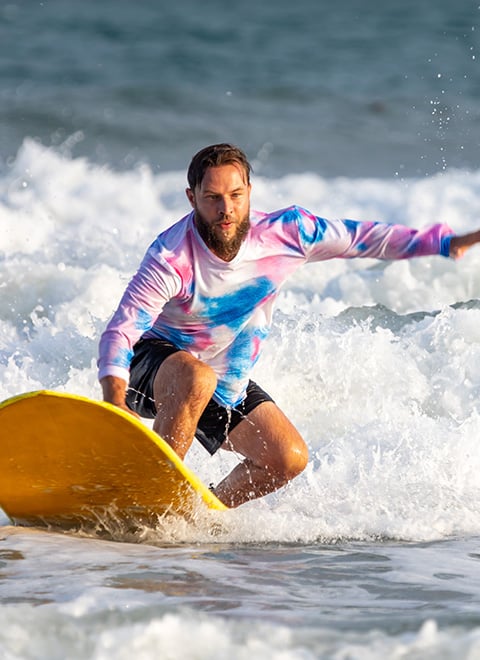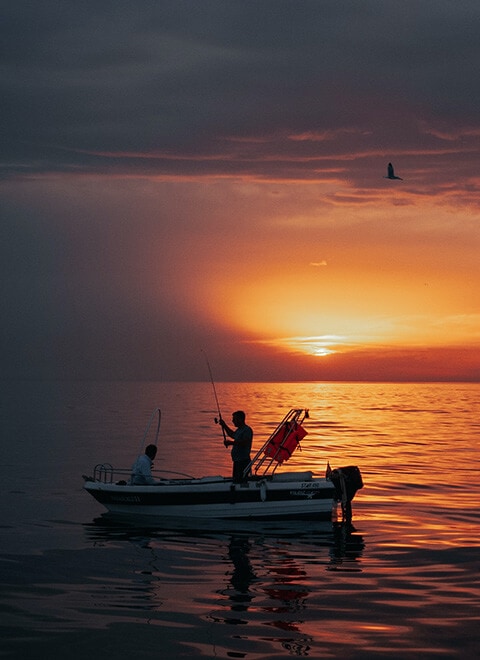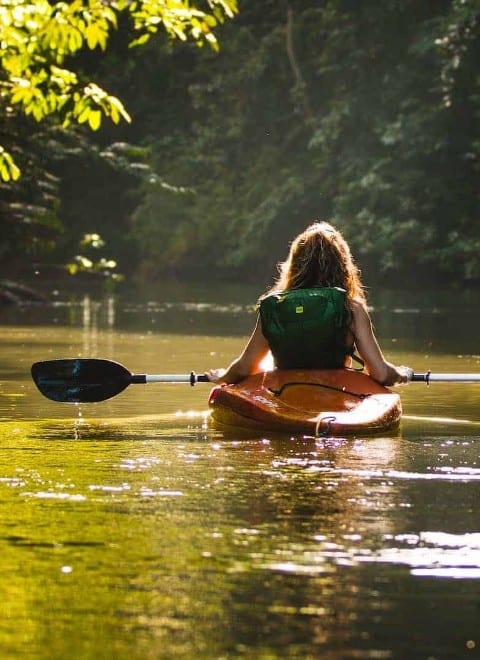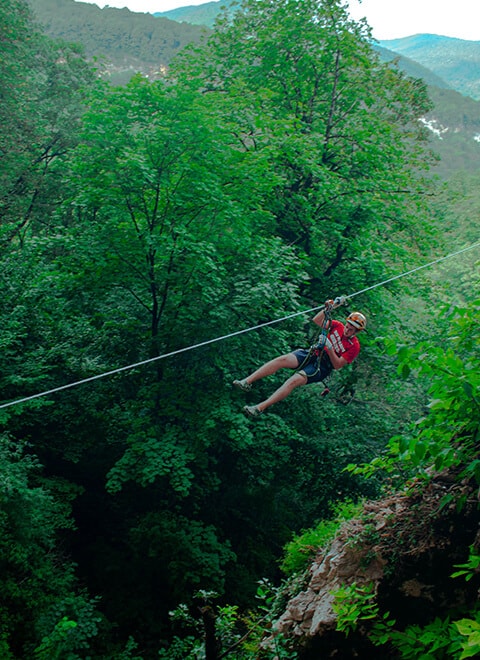activities
Scuba Diving in Costa Rica
Don't forget to book your vacation rentals with us
Costa Rica is known for its lush tropical rainforests, beautiful beaches, diverse landscapes, and unique wildlife. It’s no surprise that when you venture underwater, Costa Rica’s marine landscape is just as rich, abundant, and beautiful!
Scuba diving is one of the most popular activities visitors enjoy during their time in Costa Rica. There are plenty of diving locations for all skill levels, and each diving opportunity offers something unique.
You can see beautiful coral reefs, shipwrecks, volcanic rocks, and of course, abundant aquatic life, including white-tip sharks, moray eels, eagle rays, whale sharks, and much more!
Keep reading to discover the best places to dive in Costa Rica, depending on location, skill level, budget, interests, and more.
.
.
.
.
.
Best Diving on the Pacific Coast
If you’re an intermediate or experienced diver, Costa Rica’s Pacific Coast is the best match. The northern and southern portions of the country’s west coast offer abundant aquatic marine life, beautiful underwater landscape, and more.
Guanacaste Province
Catalina Islands
The Catalina Islands are located just 15 miles (24 kilometers) off the coast of Costa Rica in the Pacific Ocean. The islands can be most easily accessed from Las Catalinas, a beach town located just north of Playa Flamingo.
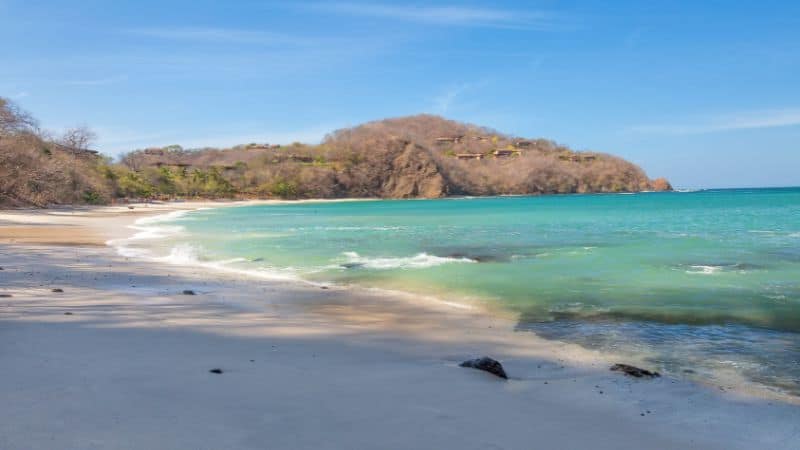
Since there are over thirty dive sites on the Catalina Islands, you’ll be able to find the perfect place to dive according to your experience level. Still, some locations may require prior certification from PADI dive centers. If you don’t have your certificate, don’t worry. There are plenty of classes and programs that allow you to get certified during your trip to Costa Rica.
Catalina Islands is considered one of the best diving sites in Costa Rica because of the caves, arches, and healthy coral reefs that are home to tons of marine life, including giant manta rays, spotted eagle rays, sea turtles, reef sharks, and more. Although September, October, and November offer the best visibility, you should plan your diving trip during the rainy season, from May to November, if you’re hoping to see manta rays. The most popular diving sites are Roca Elefante and Los Sombreros.
You’ll need to join a scuba diving tour run by various dive operators at Tamarindo Beach or Playas del Coco to go scuba diving around the Catalina Islands.
- Skill Level: Intermediate-advanced
- Best Season: July – November
Bat Islands
The Bat Islands are a protected marine area in the Pacific Ocean that belongs to the Santa Rosa National Park, located on Costa Rica’s Northern Pacific Coast. These islands are located just a one-hour boat ride from Playas del Coco, and you’re required to join a tour to access this popular Costa Rica scuba diving spot.
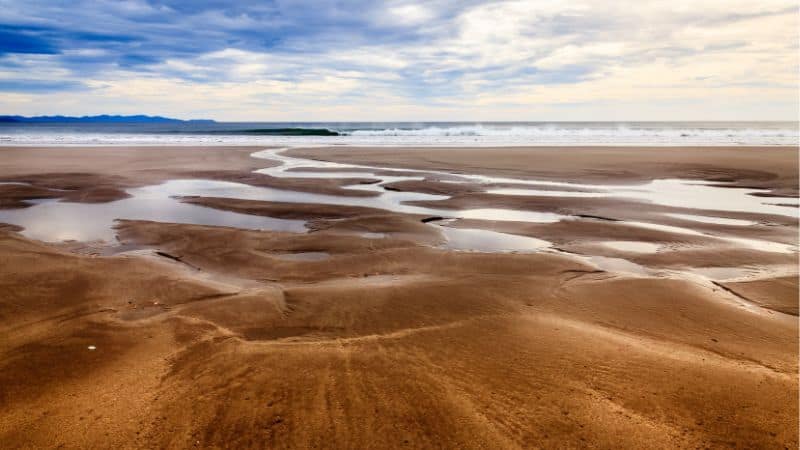
During your dive at the Bat Islands, you’ll see manta rays, eagle rays, barracuda, snappers, turtles, and other species. If you’re scuba diving during the rainy season in August, September, and October, it’s very common to see bull sharks during your dive. The area’s best-known dive site is called the Big Scare since bull sharks up to 23 feet have been seen at this location.
Since there are strong currents at this spot, especially during the rainy season, diving at the Bat Islands is only recommended for advanced divers.
- Skill Level: Intermediate
- Best Season: March – November
Puntarenas Province
Aside from the small stretch of coastline in Costa Rica’s Guanacaste Province, the Puntarenas Province spans the entirety of Costa Rica’s Pacific Coast, so it offers an abundance of diving options!
Here are some of the most popular scuba diving sites in Costa Rica’s Puntarenas Province:
Cocos Island National Marine Park
Cocos Island National Marine Park is one of the most popular diving destinations globally. This remote island in the Pacific Ocean is located approximately 320 miles (550 kilometers) off the coast of Costa Rica and can only be reached by boats that typically leave from Puntarenas. Normally, you’ll spend 30+ hours on a boat ride to arrive on the island, and it takes just as long to return to mainland Costa Rica. You’ll need to plan at least a week (sometimes ten days) for this excursion.
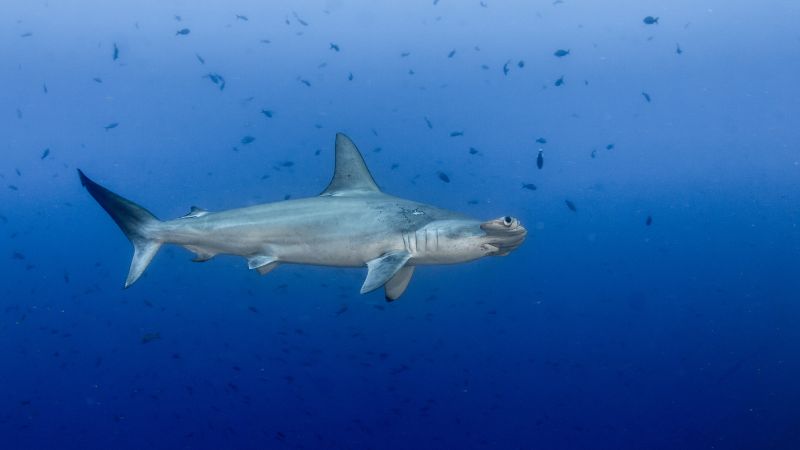
Cocos Island is the only island that requires liveaboard diving in Costa Rica. It can’t be missed by more advanced divers—after all, Cocos Island is a UNESCO World Heritage Site!
Cocos Island National Park is one of the best dive sites in Costa Rica to see shark species and other pelagic species. This diving destination is famous for hammerhead sharks, but you can also see Galapagos sharks, whitetip reef sharks, manta rays, tiger sharks, and marble rays.
- Skill Level: Experienced.
- Best Season: May – November
Tortuga Islands
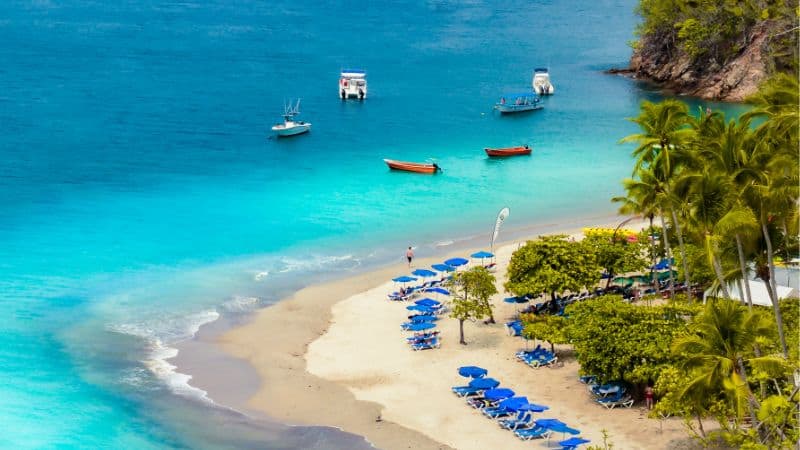
These islands are located just off the southeastern edge of the Nicoya Peninsula—a strip of land off Costa Rica’s Pacific Coast that spans Guanacaste and Puntarenas. Though the Nicoya Peninsula is known for its world-class surfing and beautiful beaches, the Tortuga Islands offer an excellent scuba diving and snorkeling opportunity in this region of Costa Rica.
During your Costa Rica dive at the Tortuga Islands, you’ll see parrotfish, eagle rays, angelfish, moray eels, and sea turtles. You may even be able to see stingrays, dolphins, and the occasional humpback whale if you’re visiting during the dry season.
The Tortuga Islands have seven diving sites of varying depths and three shipwrecks you can see, making this an excellent destination for divers of all skill levels. However, if you’re looking for a lesser-known place to dive near the Tortuga Islands for beginners, you should also check out Cabo Blanco Island.
- Skill Level: Intermediate
- Best Season: December – April
Manuel Antonio National Park
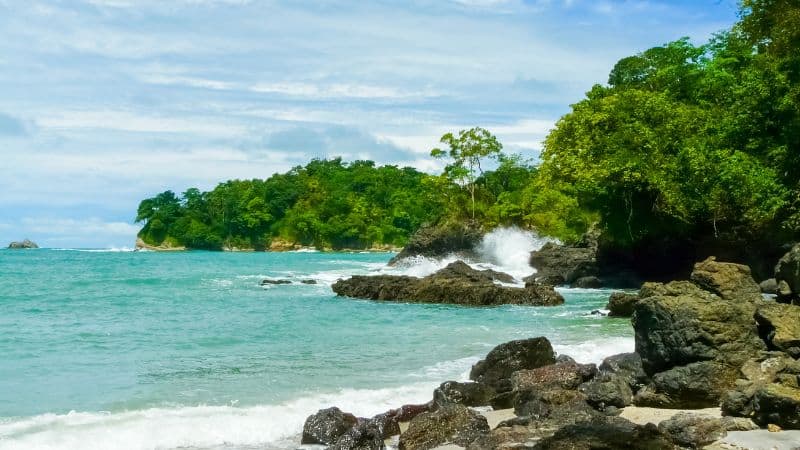
You’ll see tons of hard and soft corals with massive schools of tropical fish, including parrotfish, angelfish, trumpetfish, scorpionfish, pufferfish, and more. You’ll also be able to swim by eels, sea turtles, and maybe even an octopus.
During the dry season, you may be able to see humpback whales, dolphins, or giant rays while diving in Manuel Antonio National Park.
- Skill Level: Intermediate
- Best Season: December – May
Osa Peninsula
Located on Costa Rica’s South Pacific Coast, the Osa Peninsula, located in the Puntarenas Province, boasts numerous beautiful locations for scuba diving—both for beginners and experienced divers. The Osa Peninsula is also a popular location to see humpback whales at Ballena Marine National Park and Drake Bay during the rainy season.
However, if you’re looking for one place to go scuba diving that offers several unique dive sites with an abundance of marine life and pelagic species, look no further than Cano Island Biological Reserve.
Caño Island Biological Reserve
Caño Island Biological Reserve is an excellent location for snorkeling and scuba diving on Costa Rica’s South Pacific Coast. Because it’s a biological reserve, Caño Island only allows ten divers in the water at a time at the following diving sites:
- El Bajo del Diablo: “Devil’s Rock” is the most popular diving spot near Caño Island, where you’ll see giant manta rays, bull sharks, nurse sharks, and even the occasional whale shark.
- Cueva del Tiburon: This 50-foot dive to “Shark Cave” will give you the chance to see several whitetip sharks hovering around the cave, as well as other types of tropical fish.
- The Coral Gardens: You’ll see large coral reefs full of tropical fish and other marine life in the Coral Gardens, like turtles, octopuses, and more.
- Paraíso: Named “Paradise,” this gorgeous Costa Rica dive site off the coast of Caño Island features thousands of blue and gold snappers who make their home around the volcanic lava formation.
- Marenco Rock: This site is covered with black corals, and you’ll likely see lobsters and snappers swimming around, looking for their next meal.
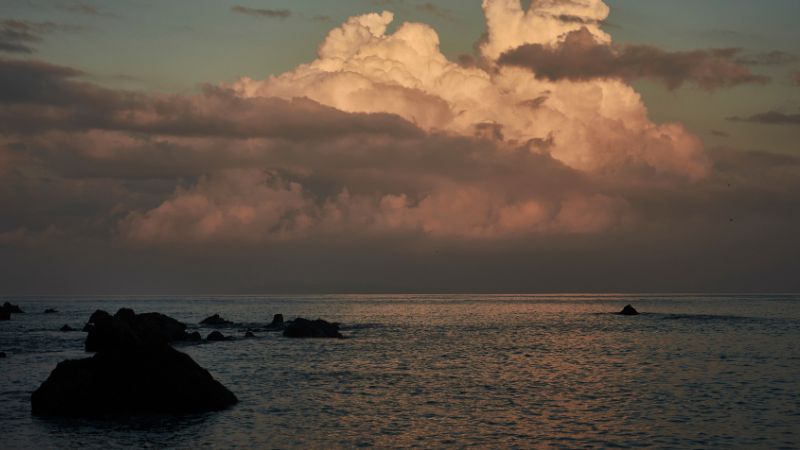
Caño Island Biological Reserve is widely considered the best diving destination in Costa Rica, second only to Cocos Island National Marine Park.
- Skill Level: Intermediate
- Best Season: December – May
Book Your
Costa Rica Vacation
Best Diving on the Caribbean Coast
While Costa Rica’s Caribbean Coast doesn’t have nearly as many dive sites as the Pacific Coast does, scuba divers will still find plenty of dive centers and dive shops on this diverse coast.
Plus, the Caribbean Coast is an ideal location for beginner divers, so if you’d like to give diving a try during your trip, head to the east side of Costa Rica!
Southern Caribbean Coast
Cahuita National Park
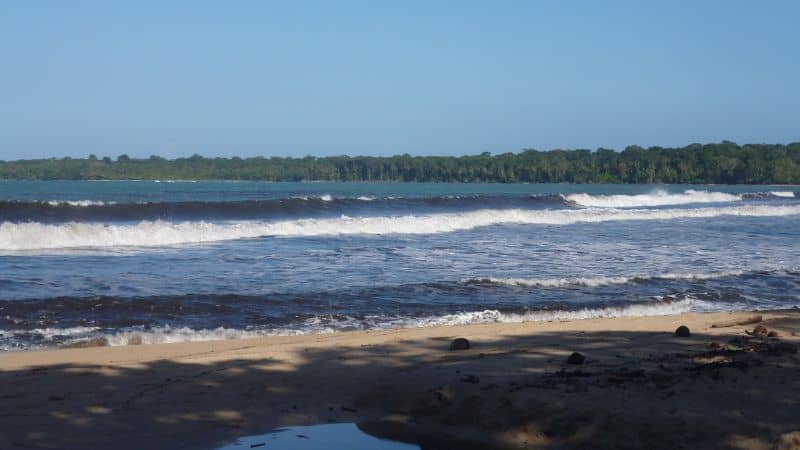
If you’re traveling with kids and the Costa Rica scuba diving sites seem a bit overwhelming, snorkeling at Cahuita National Park is a perfect alternative.
- Skill Level: Beginner
- Best Season: February-April /September – October
Gandoca Manzanillo Wildlife Refuge
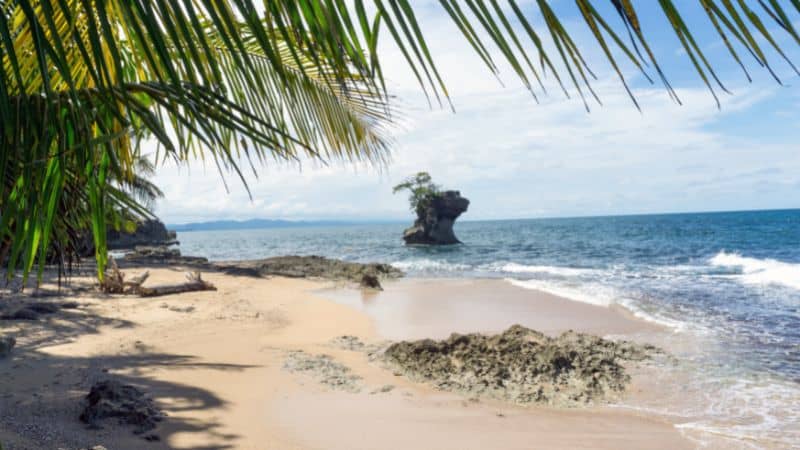
Scuba divers will usually be able to see manatees, crocodiles, and dolphins as well, which is unique compared to other diving sites in Costa Rica.
- Skill Level: Beginner
- Best Season: March – July
Uvita Island
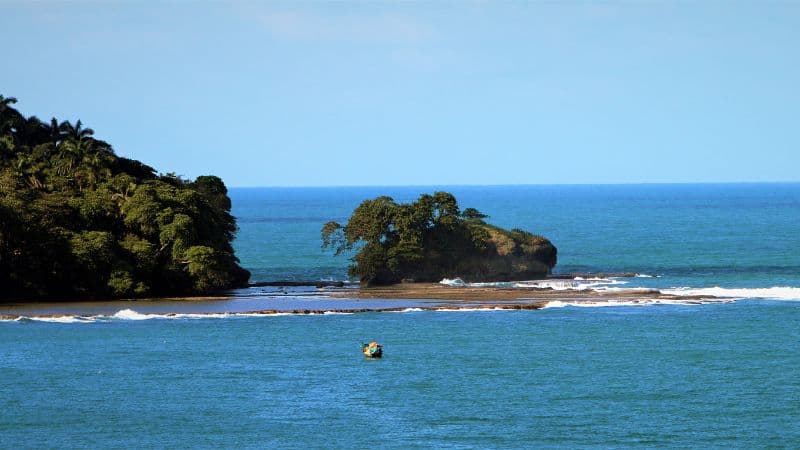
Uvita Island is famous for another reason besides diving—it was the first landing spot of Christopher Columbus, who landed in Costa Rica in 1502. Christopher Columbus is the one who gave Costa Rica its name, meaning “rich coast.” While you’re swimming with the marine life at Uvita Island, you’ll also be able to see The Phoenix, a Costa Rica wreck that attracts fish and tourists alike.
- Skill Level: Beginner
- Best Season: August – December
Best Time of Year to Dive in Costa Rica
The best time to dive in Costa Rica completely depends on your skill level and the type of marine animals you’d like to see.
- Experienced divers should visit Costa Rica from May to November, especially if you’d like to see pelagic species, like bull sharks at the Bat Islands or hammerhead sharks at Cocos Island.
- Typically, the waters calm down from August to December, and many of the sharks leave, so it’s a great time for beginner divers to experience the ocean off the coast of Costa Rica.
- January to April is the warmest and driest time of the year in Costa Rica, and it’s a great time to see white tip reef sharks, giant rays, turtles, and seahorses.
Book Your
Costa Rica Vacation
Best Places to Dive in Costa Rica for Beginners
Costa Rica is a great place for diving, whether you want to try diving for the first time or are looking for an adventurous location for your next dive trip.
Typically the Caribbean Coast tends to be best for beginner divers since the currents are calmer and the coral reefs act as a protective barrier. If you’re diving for the first time, you should book a tour in the Gandoca Manzanillo Wildlife Refuge.
However, don’t overlook the Pacific Coast, either. It’s a rich coast with dozens of great diving locations for intermediate divers, like Caño Island Biological Reserve and the Catalina Islands.
Cost of Diving in Costa Rica
Depending on the location of the dive sites, the cost of diving in Costa Rica can vary greatly. If diving is accessible from the beach, you can expect to pay roughly 100 USD, but if you need to take a short boat ride, like to the Bat Islands or Catalina Islands, you should expect to pay closer to 200 USD.
If you’re planning a once-in-a-lifetime diving excursion to Cocos Island National Marine Park, you’ll need to budget before arriving in Costa Rica—these tours can cost up to 5,000 USD.
Marvel at the Marine Life and Underwater Beauty at These Costa Rica Dive Sites
There’s no doubt Costa Rica has some of the best scuba diving in the world! Costa Rica is graced with beautiful islands, colorful coral reefs, and diverse marine life, including hammerhead sharks, whale sharks, sea turtles, white-tip sharks, giant rays, and more.
Regardless of which coast or dive site you choose, there’s no doubt you’ll have a memorable experience while diving in Costa Rica.
Choose Your Next Adventure
Other Attractions
FAQs
Frequently Asked Questions About
Diving in Costa Rica
Costa Rica’s Pacific Coast is typically best for scuba diving, however, you can still find great spots for snorkeling and scuba diving along the Southern Caribbean Coast. Generally speaking, the Pacific Coast is best for intermediate or experienced divers, and the Caribbean Coast is better for first-time divers or those looking for calm (but colorful) snorkeling conditions.
You do not need to be certified to go scuba diving in Costa Rica. Many scuba diving companies offer a “discovery dive” for people who don’t have their certification.
However, if you’re planning on scuba diving several times during your trip to Costa Rica, it would be wise to get certified before your trip. There are also programs and classes you can take in Costa Rica during your vacation to get your diving certification.
Yes, you can swim with the sharks in Costa Rica.
You can see hammerhead sharks while scuba diving at Cocos Island, bull sharks at the Bat Islands, and white-tipped reef sharks at Caño Island Biological Reserve. You can also see whale sharks (the largest fish in the ocean) while diving on the Northern Pacific Coast.
Yes, diving in Costa Rica is safe. However, it’s important to be responsible when diving, especially when diving with sharks. Always use slow, deliberate movements, never touch the sharks, never carry fish with you, and always swim calmly and purposefully.
If you’re concerned about your diving skills, stick to the Caribbean Coast, since the waters tend to be calmer and the coral reefs act as protective barriers.
